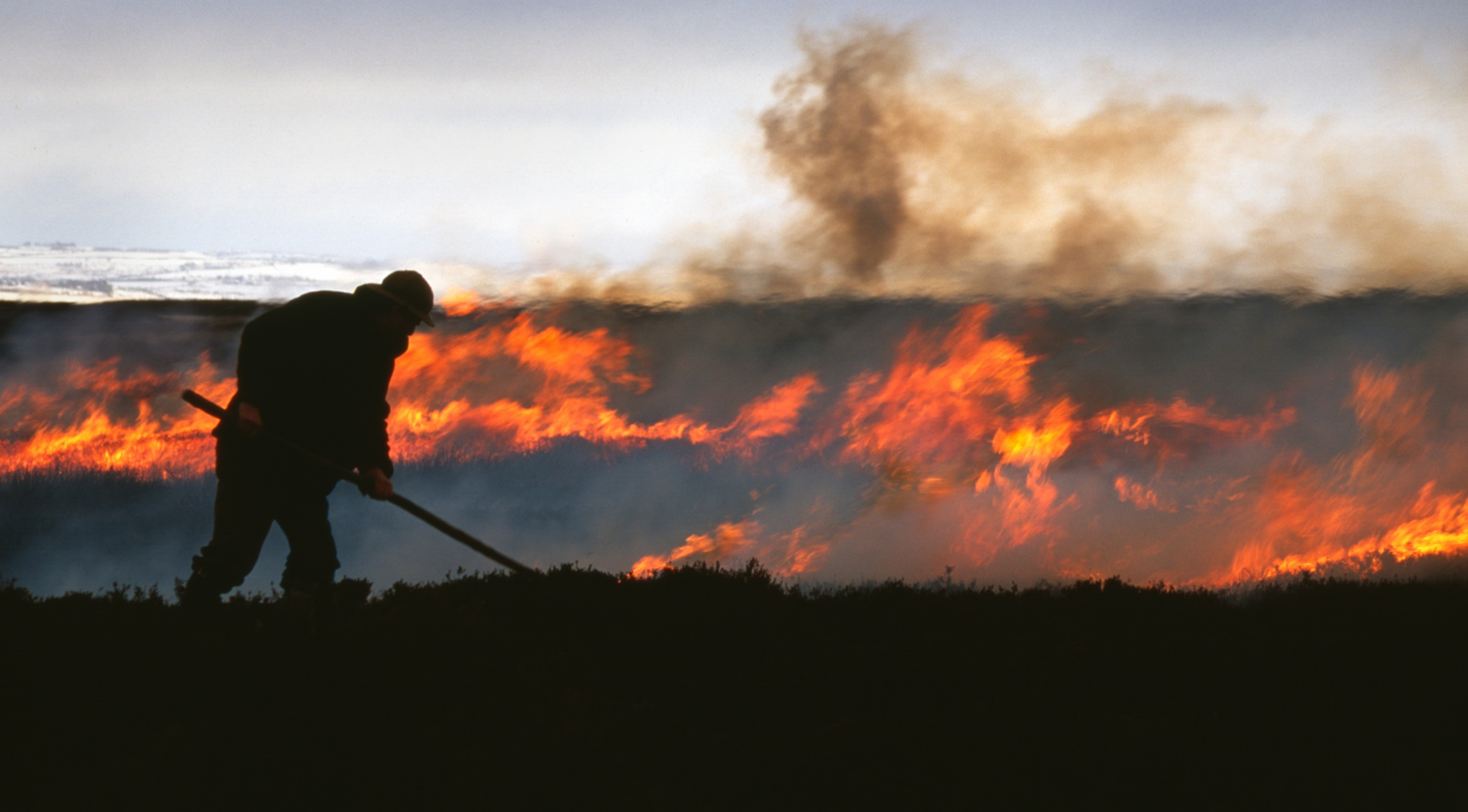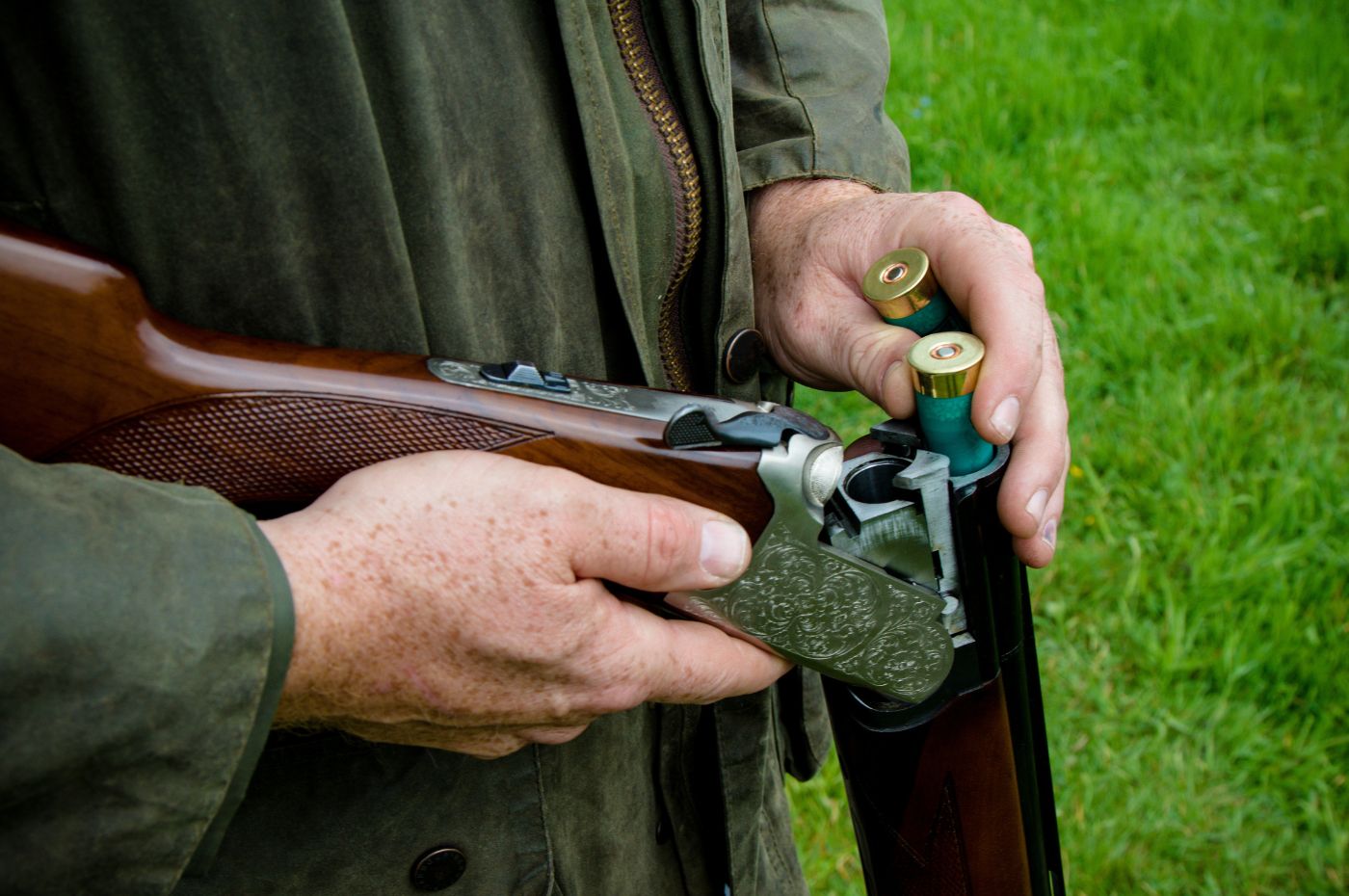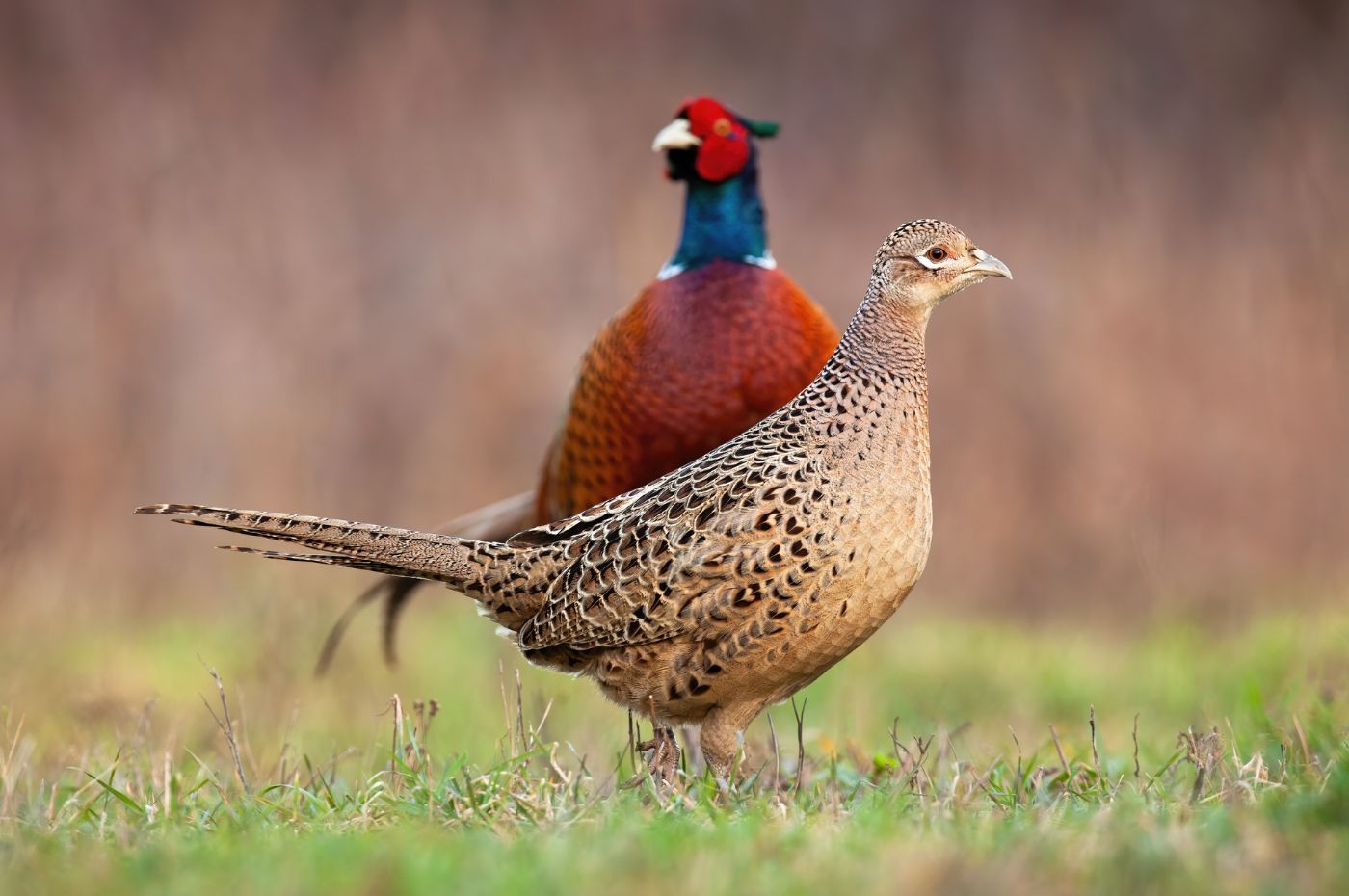Countryside Alliance spearheads defence of shooting with Westminster event as firearms licensing consultation looms
Last week (Tuesday 2 December) MPs and peers from across the political spectrum...
View Details
Despite the proven benefits of controlled burning in reducing wildfires, the government has launched a consultation in which it is inviting views on proposed amendments to The Heather and Grass etc. Burning (England) Regulations 2021, with a view to further extend the existing restrictions on the controlled burning of vegetation on peatlands that have been in place in England since 2021. These already prevent the burning of any specified vegetation on areas of peat over 40cm deep on Sites of Special Scientific Interest (SSSI) that are also Special Protection Areas (SPA) or Special Areas of Conservation (SAC), except under licence.
The government’s proposal is to revise the definition of ‘deep peat’ from 40cm depth to 30cm, and to use Less Favoured Areas instead of SSSI, SPA or SAC to define the regulated area. This would extend the area over which controlled burns were prohibited, except under special licence, from 549,000 acres to 909,000 acres of England’s deep peat; an increase of 168% that would make it all but impossible to manage vast areas of our uplands.
We will be responding to the consultation and will share our response so that as many as possible can likewise highlight how any further restrictions on the burning on peatlands would have a significant impact not just on the environment, but the livelihoods of many in our rural upland communities.
Fire has long been used as an essential tool in the management of natural vegetation, and those responsible for the management of moorland for grouse are only too aware of the vital role it plays. When left uncontrolled, the rank and woody stands of heather are a major fire risk due to the significant build-up of fuel loads, but unlike wildfires which cause considerable environmental damage, the controlled cool burning of small patches of heather removes the canopy whilst preventing the burning of the underlying peat. This avoids the resultant loss of carbon, encourages the growth of peat forming sphagnum moss which filters and absorbs water, and creates fire breaks. The result is a landscape that is more resilient to devastating damage from wildfires, and one that has a mixture of heather grasses and mosses for the many species of threatened ground nesting birds and other species of wildlife that share this habitat of international importance.
Wildfires are increasing with climate change, and the dry and warm weather we have recently been experiencing has raised the risk of occurrences from severe to extreme, with vast areas of the UK that are dry and vulnerable. To date, there have already been over 286 wildfires reported in the first four months of this year, 100 more than recorded over the same period in 2022 when we also saw record breaking temperatures and an unprecedented number of fires. Of those that have taken place in upland areas, all but a very small minority have been on unmanaged moorland.
A Scottish government study of the controlled burning of moorland vegetation and wildfires which was undertaken by the James Hutton Institute and released earlier this year found evidence of wildfires over 107 square miles of Scotland’s moorlands during a five-year period, with 96% of those occurring outside those areas where controlled burning was carried out. That study reinforces the findings of an earlier exercise undertaken by then Scottish Natural Heritage and the Scottish Fire and Rescue Service which also showed that the correlation between the number of wildfires and heather burning was extremely low. Out of a total of 153 fires, only four were in areas of moorland managed for grouse, and none were during the burning season. All were due to accident and arson; the main causes according to data over the last five years.
Whilst the government claims its proposals will maximise the ecological benefits of protecting deep peat, it is ignoring the most recent research which contradicts many of its claims. The University of York is currently undertaking a 20-year study to compare the impacts of different options when managing vegetation in relation to mitigating climate change, increasing water storage and quality, and increasing biodiversity. In their preliminary report at the 10-year point, researchers determined that the controlled burning of heather, when compared to mowing or leaving vegetation unmanaged, resulted in the greatest long-term carbon sequestration.
Unmanaged areas were also found to have a lower water table, and being drier could be a very real wildfire risk with resultant carbon loss due to the fire burning into the peat. But no two areas of moorland are the same, and therefore given the right conditions and circumstances, burning, cutting and leaving vegetation unmanaged should all be available management tools depending on which is most appropriate for a particular piece of ground and its aspects.
The Future Landscapes Forum, a group of academics and experts with specialist knowledge of the management, ecology, functioning, and fire risk associated with heather-dominated landscapes in the UK have also expressed their growing concerns with the misrepresentation and distortion spread by lobbyists when it comes to the debate around managing heather moorlands. Policy decisions must be properly informed, and the body of evidence shows that burning can support wildfire prevention, carbon capture, and improve biodiversity. There is no clear scientific consensus to support greater restrictions on the controlled burning of vegetation on heather moorland, and the government needs to acknowledge this latest research and evidence. To not do so will have severe repercussions for which it will be ultimately responsible.

Last week (Tuesday 2 December) MPs and peers from across the political spectrum...
View Details
Whilst we wait for the long-anticipated Home Office consultation on aligning...
View Details
The Rural Affairs and Islands (RAI) Committee recently met to debate amendments...
View Details